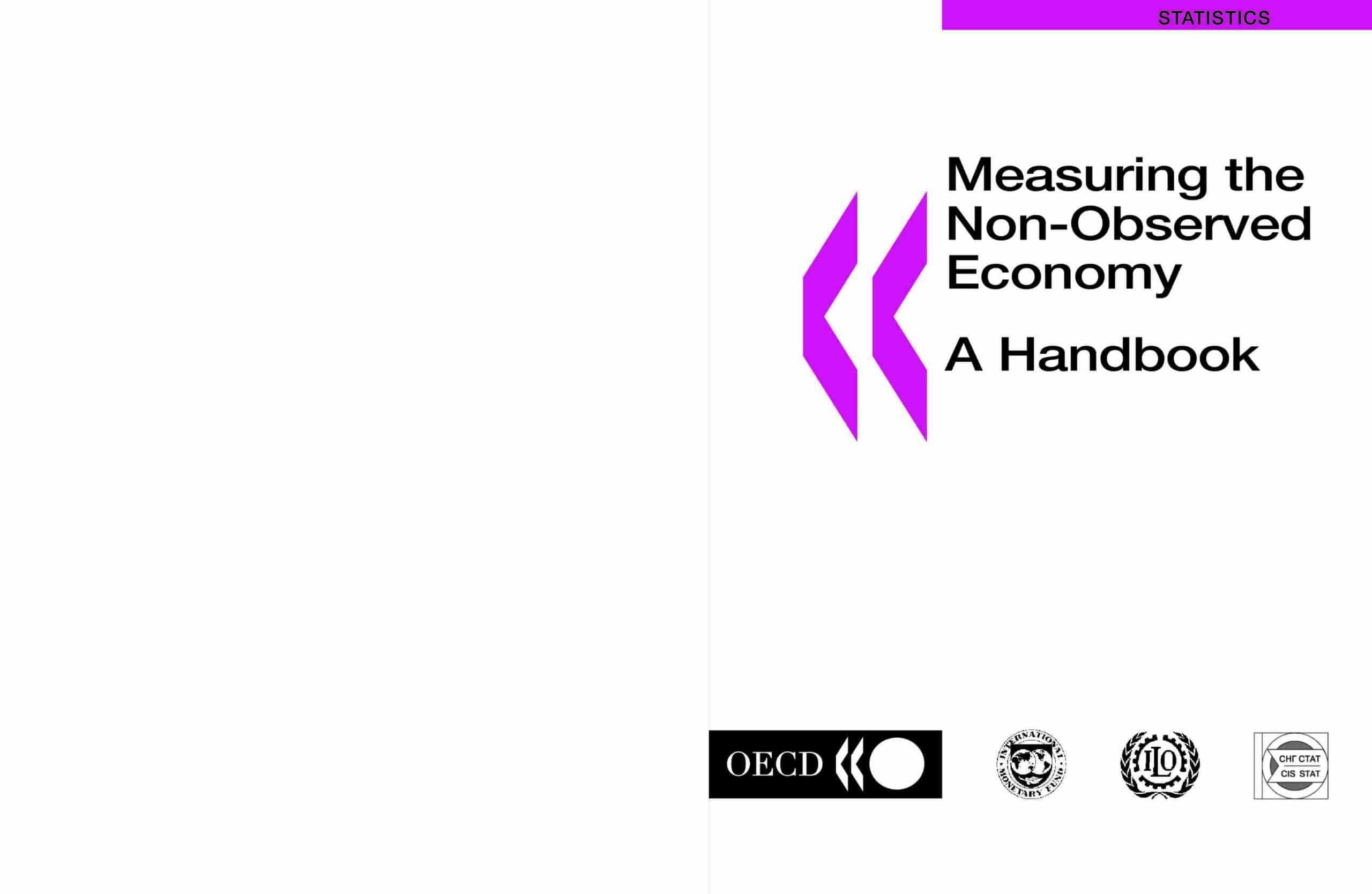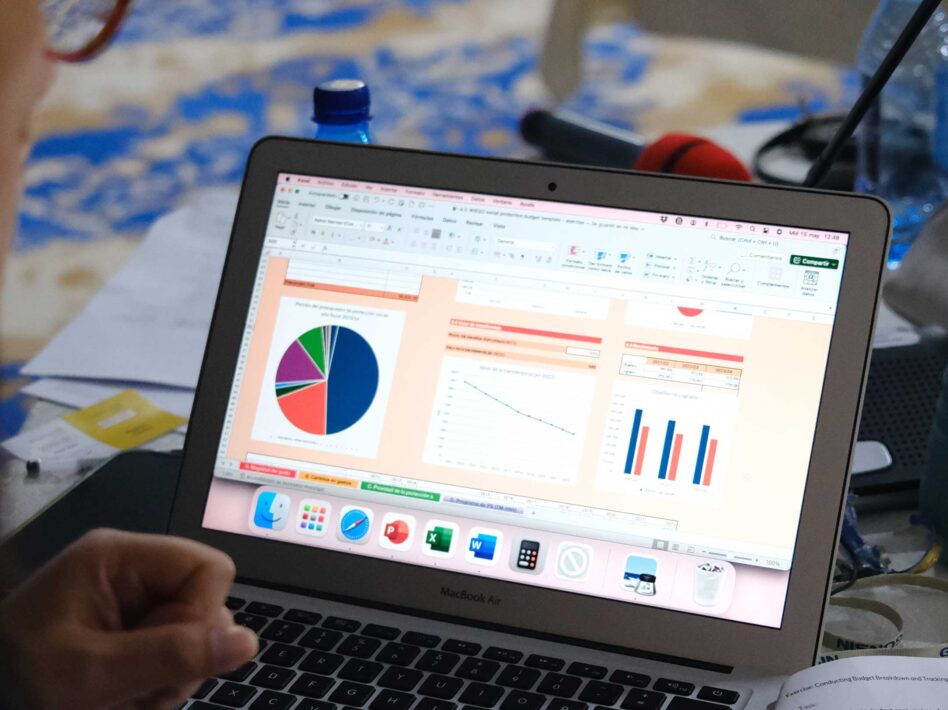Measuring the Non-observed Economy: A Handbook
The Handbook is aimed at all producers and users of macro-economic statistics. The primary audience is the staff of statistical offices involved in the collection of macroeconomic statistics and preparation of the national accounts. In addition, the Handbook may prove useful to data users who have reason to be concerned about overall levels of economic production or differences in trends between the economic activities that are directly measured and those that are indirectly estimated as part of the NOE. The Handbook may also prove useful to researchers and journalists who are confronted with a plethora of measures of the underground, hidden, shadow economy, etc., and who would like to know why they are all different and which can be regarded as the most reliable. The main focus of the Handbook (Chapters 2-7) is to provide guidance on how to produce exhaustive estimates of GDP per the System of National Accounts 1993. This means ensuring that as many productive activities as possible are observed, i.e., directly measured in the basic data on production, incomes, and expenditures from which the national accounts are compiled. It also means ensuring that non-observed activities are nevertheless accounted for, i.e., indirectly measured during compilation of the national accounts.
View list of all: Books & Book Chapters

